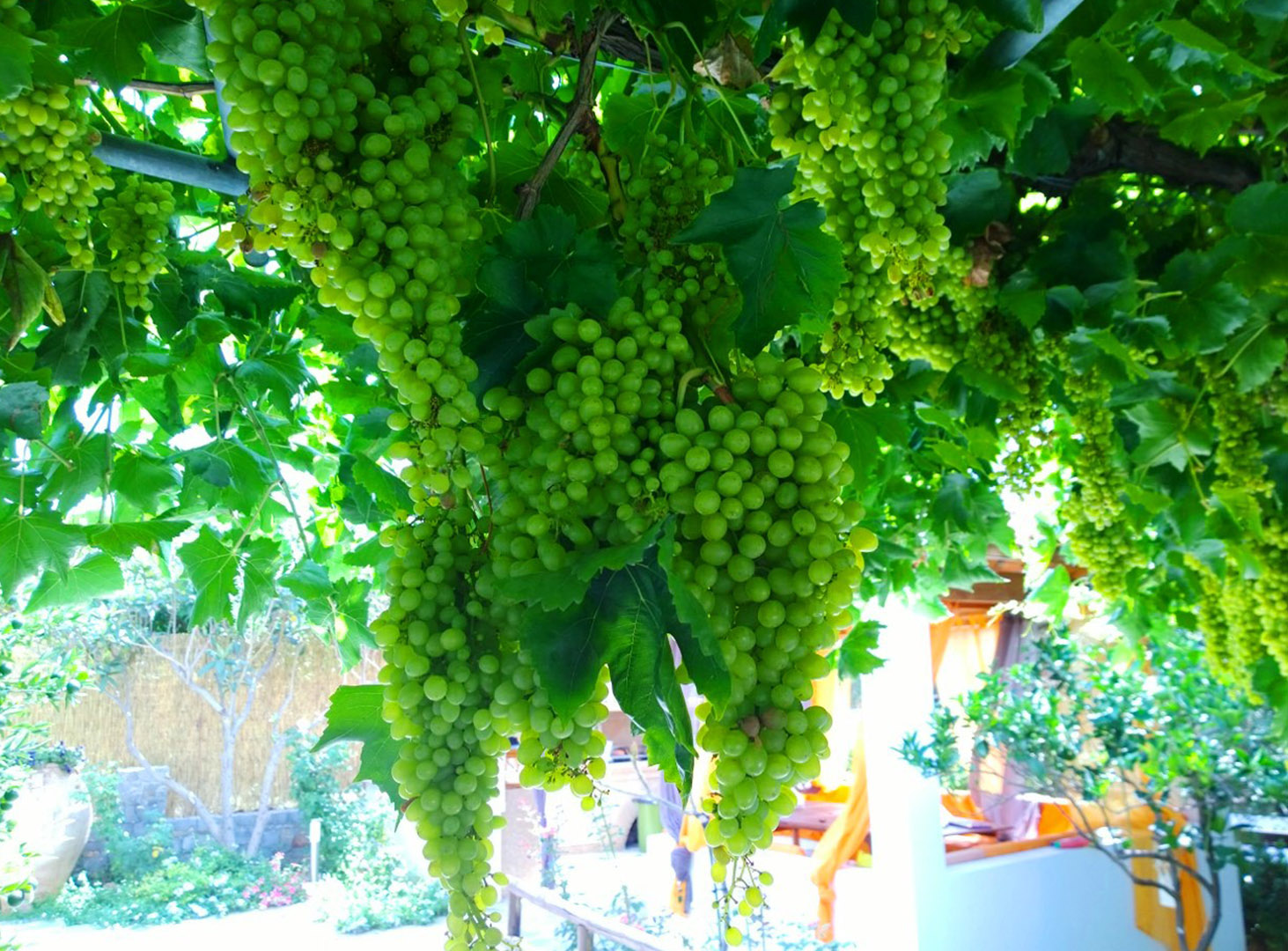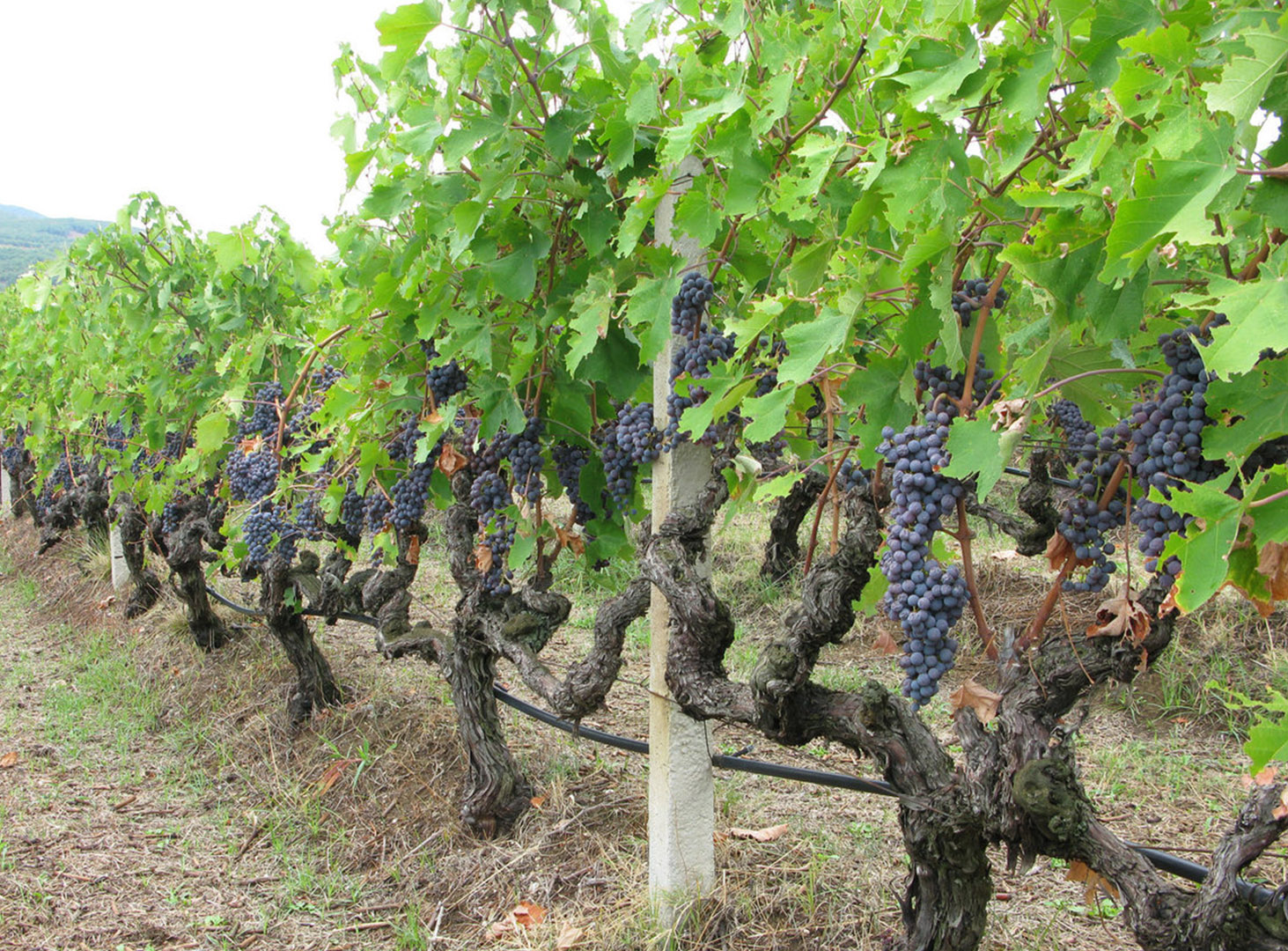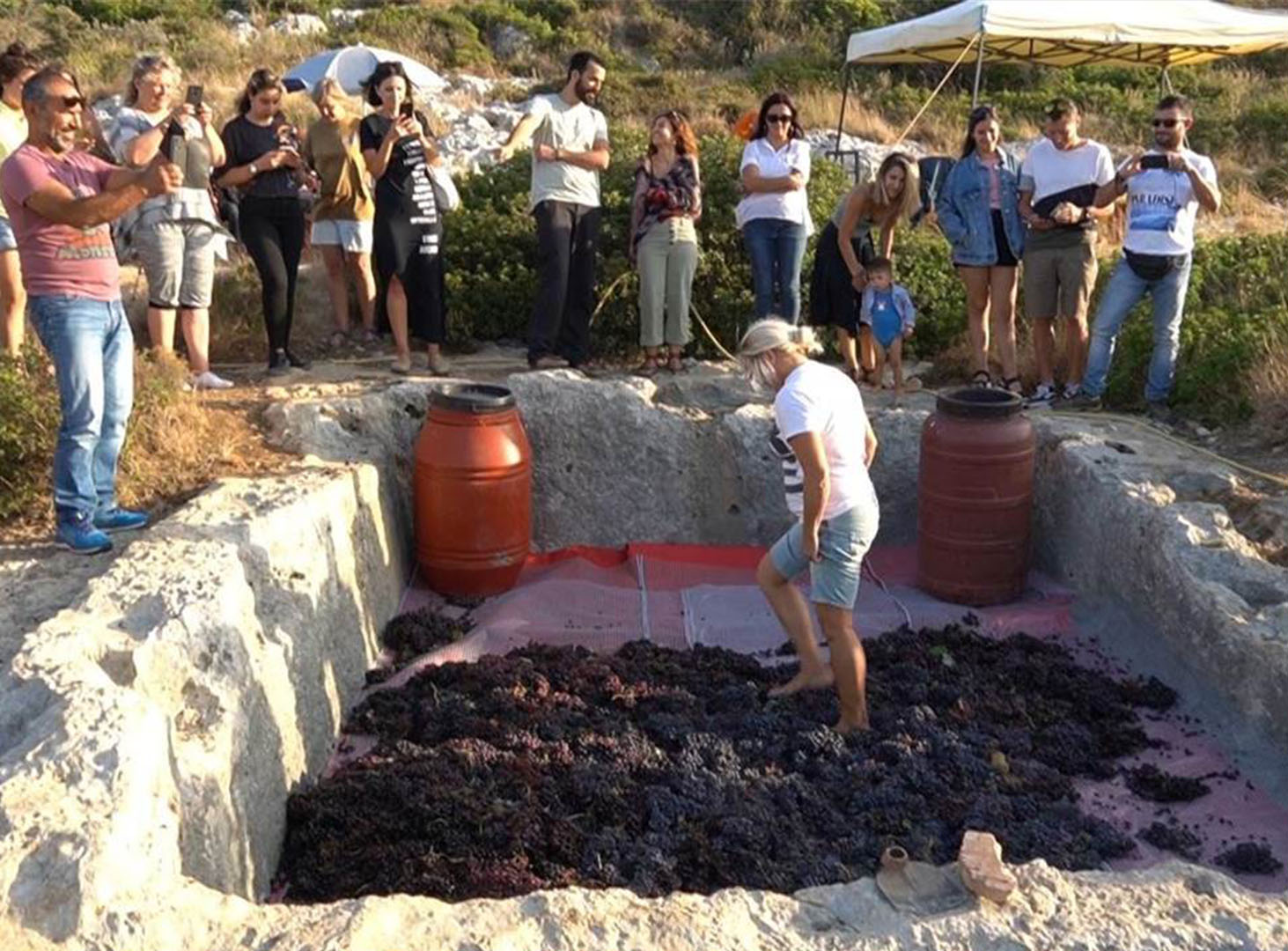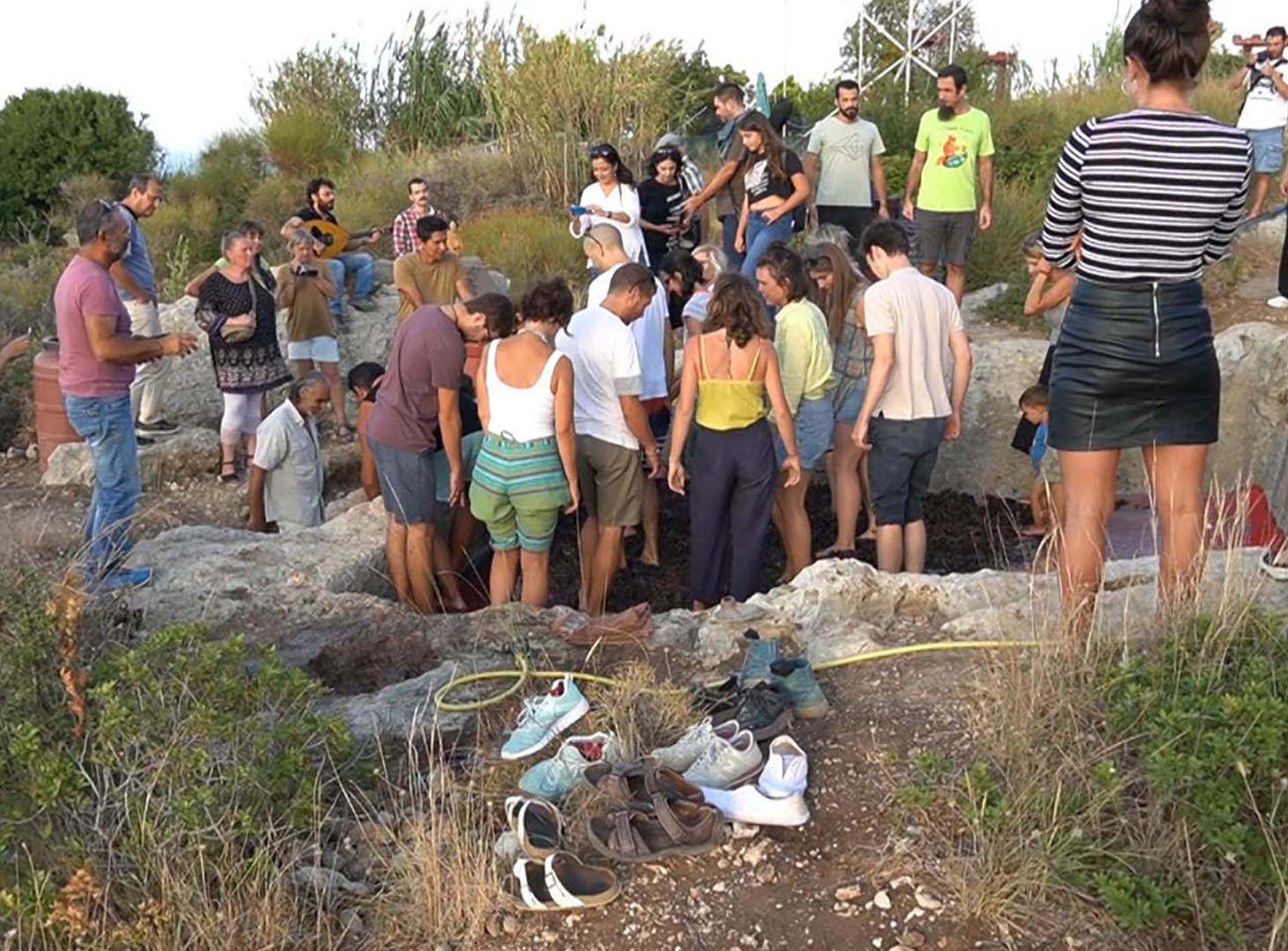…And I’ll kiss the vine twig and gather sweet grapes, my reward


The grape harvest in September is one of the most ancient and beloved traditions of a Greek village. It turned to a sacred celebration for the Minoans in Crete, and many of their rituals are still alive. Of course, today you can’t see the processions of dancing young men and burner’s pots with incense herbs on the steps of sanctuaries, but still here is the custom to bring the first ripened bunches of grapes to the temple for consecration, and family, friends, neighbors come together to harvest until now. This tradition has a completely “material” basis: the weather in the fall is unpredictable and all work in the vineyards must be managed before possible rains, so the Greeks are used to helping each other. In addition, many say, that the grape harvesting is an excellent occasion to do a common good work, as important as several thousand years ago.

Usually, this work begins in the morning, when it is not hot, and lasts all the day. This is not an easy job, but the Greeks know how to do it with joy without haste, with jokes and songs. Women and those who are younger tend to pluck bunches and put them in baskets; men carry them on trucks. Then, the delivered grapes are put in a pressing bowl and… until now, many Greeks crush grape juice with bare feet like in the old times. Feet should be clean, hair covered and soul joyful: these are the main rules of the grape stompers; and the Greeks are in no hurry to abandon their ancient method of pressing grapes: they ignore the good modern ones. Then the juice will be sent for aging in wooden barrels… By the way, the pressure from human force is gentle enough so that the seeds won’t break, which can release an unideal astringent taste into the wine, and it is perfectly sanitary, thanks to the delicate balance of acid, sugar and alcohol that prohibits human pathogens from surviving in wine. And, no: It doesn’t taste like foot.

Not far from the Lirarakis winery, on the top of the hill, there is still an ancient “press”—a stone container with a drain for juice. God knows why the Hellenes brought the harvest to the top: it was worth a lot of effort, as was the transport of juice and remaining mix downstairs at the end of the processing. Maybe they thought that grapes should breathe in the wind of sky before becoming wine?

…While the bulk of the workers are treading grape outside the home, the housewives are busy in the kitchen to setting up a common table with an indispensable dish of fresh grapes, wine and dolmades: stuffed cabbage in grape leaves. Like olives, grapes are still the breadwinner and thirst quencher for the Greeks; so the grape pickers, having gathered at the table, will probably raise the first toast to the crop. And maybe, for the same purpose (like the Minoans) they will leave a part of the vine in the vineyard untouched: as an offering to the Creator.
“Good food doesn’t make sense without good wine,” the Greeks say
20 % of Greek wine is produced on Crete, and vineyards occupy about 50,000 hectares of land. The most grape-producing region of Crete is Pesa (Heraklion Prefecture): 70 % of Cretan wine. There are three more areas actively engaged in winemaking: Archanes, Daphnes (Heraklion Prefecture) and Sitia (Lassithi Prefecture). Some wineries are in Chania Prefecture, but they are low-volume producers.
Cretan winemaking has the richest and longest history in Europe. The cultivation of grapes began here 4000 years ago; and today, the oldest traditions of winemaking are harmoniously combined with new technologies. Old grape varieties are being restored and the new ones are being researched in order to maximize the benefits of a hot climate and the beneficial properties of the soil. The climatic and soil conditions on the island give Cretan wines special, unique aromas and taste.
Under a vine
– “We did not have a large vineyard,” recalls the Moscow Greek Ellada Leshcheva. – But our entire courtyard in Baku, in my childhood, was twined with a vine. Clusters hung from the trellised canopy and over the gazebo, where all our guests gathered at a large table; and grapes were picked directly from the vine. They were laid on a large beautiful dish with figs, mulberries and put on the table. By the way, when I first came to Greece, I saw that the courtyard from my sunny childhood was very similar to a Greek one.
My grandfather was Greek, a high-class shoemaker. We ran all our childhood in the shoes made by him. All his relatives lived in Georgia (he stayed in Azerbaijan after the war); and when guests came from there, they brought churchkhela, tkemali and wine, of course. My grandfather made wine from his grapes. I was hanging around, picked grapes with him and sat on the steps next to him when he worked…
Did they sing at the common table “under a vine”? Of course, they sang. All our family sings, and I do too. My sister, professional artist Ariadna Prokopidou, has a lot of Greek songs in her repertoire, but I love Russian folk ones…
Svetlana Zaitseva